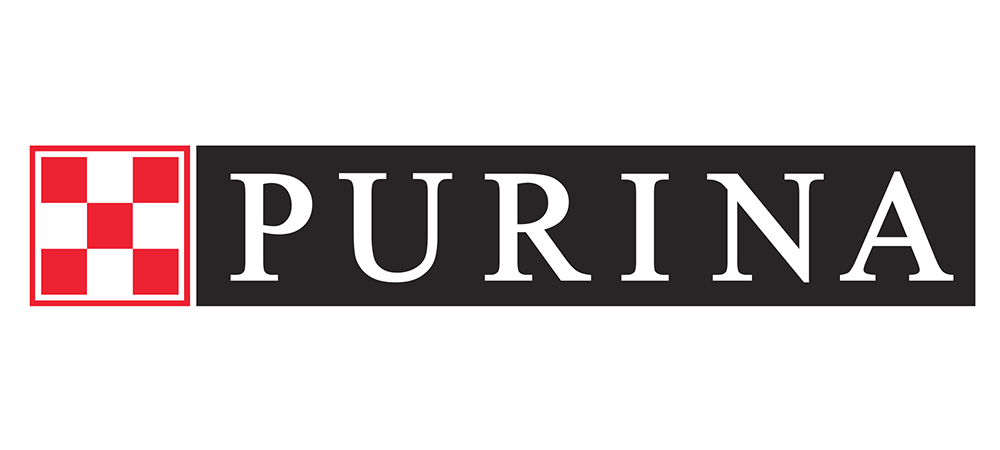As a result of this preference analysis, the Numberly teams were able to define 13 distinct themes.
They were able to qualify over 50% of Purina’s active database. Today, this allows Numberly to refine the targeting of its email campaigns and make them more qualitative thanks to highly personalized and targeted communications that respond to consumers’ detected interests.
An incremental measurement protocol was put in place to monitor the performance of Purina’s new relationship strategy. Using test and control populations, Numberly measured the impact of segmented communications vs. non-segmented communications.
The impact on performance is clear:
Up to +20pt in open rate on segmented targets and +2pts in reactivity. It also allowed for inactive customers to be re-targeted and once again be engaged by Purina.
The next step is to develop clustering using the data gathered (through use of coupons) on customers and their purchasing of various Purina brands.


